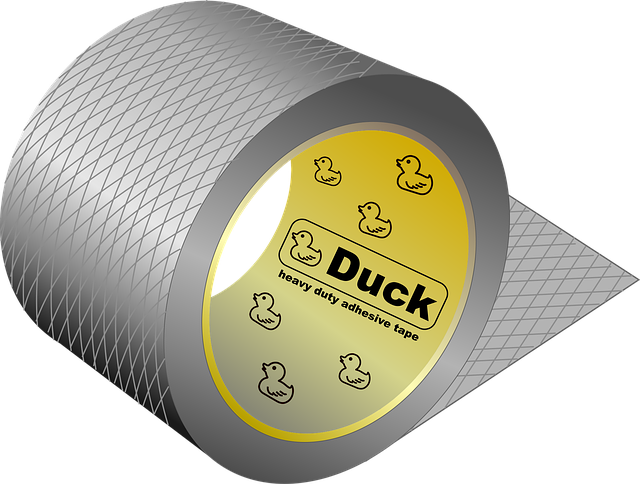Light-duty and heavy-duty trucks, essential for transportation and logistics, face distinct safety challenges. While light-duty models are more vulnerable due to their size, heavy-duty trucks pose risks like rollover potential. Special purpose trucks, operating in diverse conditions, require robust construction and advanced safety features. Significant research focuses on enhancing truck safety through ADAS, improved suspension, better brakes, and tire technology, reflecting a growing emphasis on mitigating risks for drivers and road users across all types of trucks.
In today’s world, understanding the diverse types of vehicles on our roads is crucial for enhancing safety and efficiency. This article delves into the unique challenges faced by three primary vehicle categories: light-duty trucks, heavy-duty vehicles, and special purpose trucks. Each plays a vital role in our daily lives, from navigating bustling cities to transporting goods across long distances. By exploring their specific vulnerabilities and safety concerns, we can better equip ourselves to address these issues and ensure safer roads for all.
- Light-Duty Trucks: Their Role and Vulnerability
- Heavy-Duty Vehicles: An In-Depth Look at Safety Concerns
- Special Purpose Trucks: Unique Challenges in a Diverse Fleet
Light-Duty Trucks: Their Role and Vulnerability

Light-duty trucks, often considered the workhorses of many industries and households, play a pivotal role in daily transportation and logistics. These vehicles are designed to carry moderate loads over relatively short distances, making them essential for various tasks such as delivery services, construction sites, and farm operations. Their versatility and durability make them a popular choice for professionals and amateurs alike.
However, light-duty trucks also face unique vulnerabilities. While their smaller size might offer better fuel efficiency compared to heavier vehicles, it also means they are more susceptible to certain types of damage, especially in collisions. The protective mechanisms designed for larger trucks may not provide the same level of safety for occupants of lighter ones. As such, understanding the specific needs and challenges of light-duty trucks is crucial when considering advancements in vehicle technology and safety standards.
Heavy-Duty Vehicles: An In-Depth Look at Safety Concerns

Heavy-duty vehicles, particularly trucks, are a critical component of global transportation, playing a vital role in shipping goods and services across long distances. However, due to their size, weight, and often powerful engines, they present unique safety challenges that demand meticulous attention. One of the primary concerns is their increased risk of rollovers, given the center of gravity and high speed at which they operate, especially on winding roads or during sudden maneuvers.
Furthermore, the potential for severe damage in collisions is higher due to their robust construction designed for durability rather than passenger safety. This has spurred significant research into enhancing truck safety features, including advanced driver assistance systems (ADAS), such as lane departure warnings, collision avoidance, and automatic emergency braking. Many modern trucks now boast improved suspension systems, enhanced brakes, and better tire technology to mitigate these risks.
Special Purpose Trucks: Unique Challenges in a Diverse Fleet

Special purpose trucks form a diverse and essential part of many fleets, each designed for specific tasks that go beyond traditional transportation. These specialized vehicles face unique challenges compared to their general-purpose counterparts. From rugged terrain and heavy loads to hazardous materials transport, they demand robust construction, advanced safety features, and reliable performance.
The varied nature of their operations necessitates adaptability. These trucks often navigate narrow paths, challenging road conditions, and remote locations, making them integral to industries like agriculture, construction, and emergency services. Their specialized nature requires tailored maintenance routines and replacement parts, ensuring they remain operational and safe in their specific roles within a fleet.
In exploring the various types of vehicles, particularly focusing on light-duty trucks, heavy-duty vehicles, and special purpose trucks, it’s clear that each plays a unique role in our transportation network. Each category faces distinct challenges and safety concerns, from the versatility of light-duty trucks to the critical operations of heavy-duty vehicles. Understanding these differences is crucial for developing targeted solutions that enhance overall trucking safety without compromising the diverse functions these vehicles serve. By addressing the specific needs of each type, we can work towards a safer road environment for all truckers and other drivers alike.
